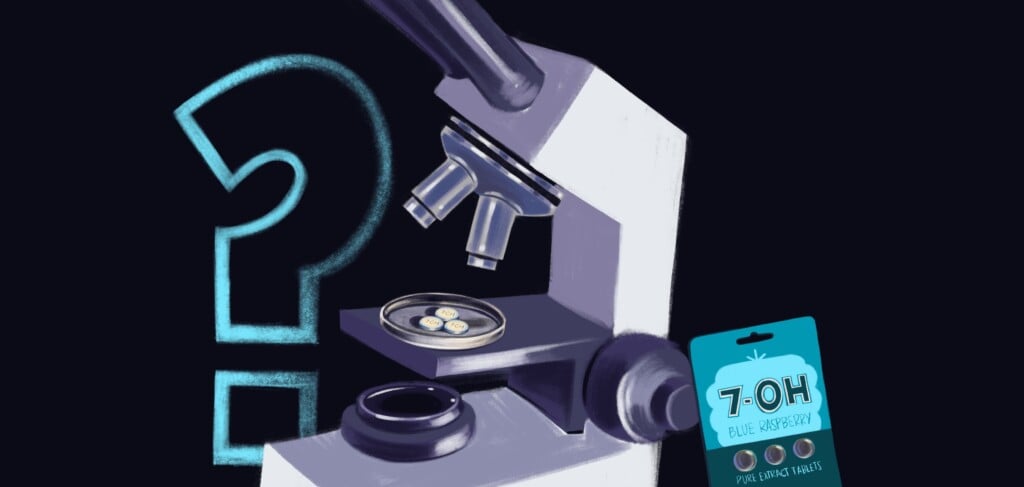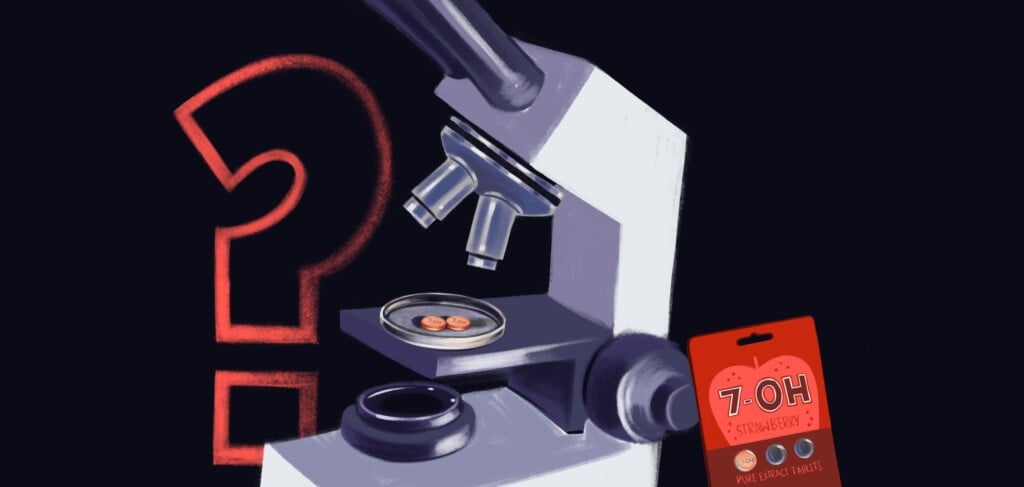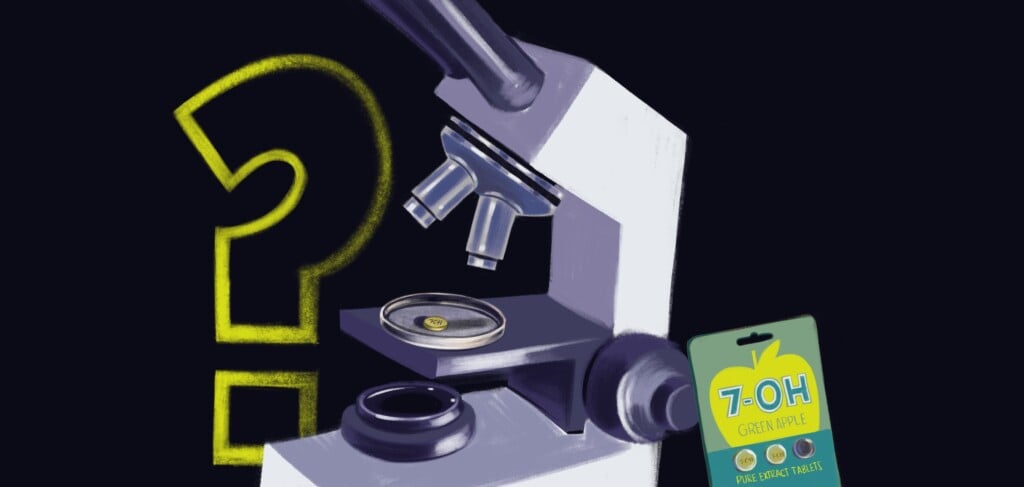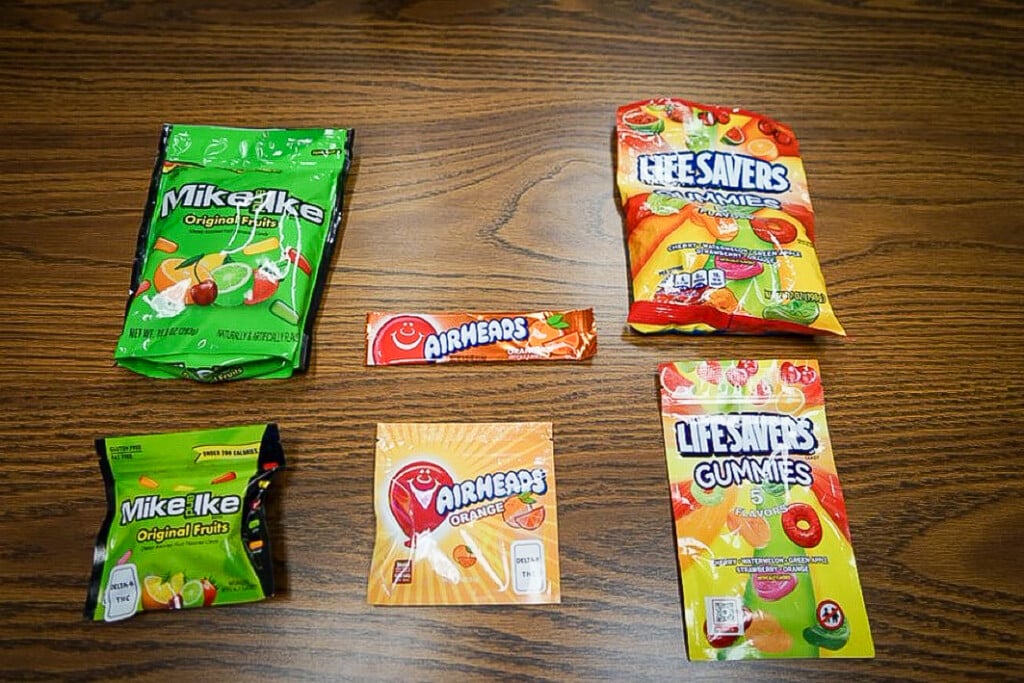Are kratom and 7-OH destined for government regulation? Research, politics, and profits could delay that indefinitely
This is the third article of a three-part series regarding 7-OH and the billion-dollar industry expanding atop the kratom extract. The first article can be found here, and the second article can be found here.
Ever since the FDA announced its suggestion to classify 7-OH as a Schedule I substance, speculation has risen around the best possible routes for regulation. With very limited research, it is difficult for anyone to say whether or not the product should continue to be distributed throughout the nation, and determining the most ideal way for these sales to continue varies among those associated with the product.
After speaking with American Shaman CBD and American Botanicals Founder Vince Sanders, a couple of research professionals, as well as users of the product, there is a pretty clear consensus that some form of regulation needs to be set in place. Even Sanders, who claims his 7-OH ventures generate hundreds of millions of dollars a year, says that proper laws are necessary.
As far as his retail shops go, he says that the employees are properly equipped to sell the product to the public. However, he says that this is not the case for all retailers, although American Botanicals continues to distribute to them across the country.
“It’s easier in our stores, because we train the people how to train the public. But once it’s out there in the stream of commerce, it’s a problem,” Sanders says.
He believes that the future of selling the product to Americans begins with consumer education. That said, he also thinks that educating all of the distributors of the product is likely an impossible feat.
“That’s a very heavy lift to educate all those people, probably not even possible,” he says. “So, what you really need is, you need regulation, and you need public-facing education that’s available.”
Currently, that public-facing education does not exist, but professional researchers in the sector are working to change that. Rocky Mountain Poison & Drug Safety Associate Director Dr. Andrew Monte says that his organization has little to no information regarding 7-OH.
“We don’t actually currently have a lot of data on this,” he says. “And in fact, frankly, nobody really does.”
Standing on the information that he does hold, Monte says that there is no evidence that suggests 7-OH could potentially be lethal at certain dosage levels. For opioids such as fentanyl, oxycodone, morphine, and more, overdosing leads to respiratory depression, ultimately leading to an individual’s body failing to breathe.
“I don’t know, and nobody really knows, how dangerous 7-OH is at the doses that are being provided,” Monte says. “We don’t know that, but I’ll tell you that the pharmacologic data do not suggest that it should be associated with significant respiratory depression.”
Dr. Kirsten Smith, an assistant professor at Johns Hopkins University and a well-known kratom clinical researcher, also says that she has not found any proof that would indicate that high dosages of the substance would have an effect on the respiratory system, mentioning that she has spoken with individuals who have taken intensely high doses of 7-OH and had no respiratory reactions.
This aspect is crucial when determining the product’s safety, especially when the FDA is attempting to schedule the substance alongside the likes of heroin, LSD, quaaludes, and more. When asked if he thought the product was safe to sell to consumers, Sanders said, “Safe to me means it’s nonlethal.”
Does that mean it’s safe to provide to thousands of people around the country? Monte says that is a tough call.
“Making a rash judgment on whether or not this is safe or not seems a little premature, since all the scientific data at this time don’t suggest there’s an undue risk from the drug,” he says.
But others within the space have different opinions. While the product may not be lethal, there are still plenty of reasons to believe that it is dangerously addictive.
“It seems that the risk is more along the lines of developing physical dependence or substance use disorder,” Smith says.
Further examining the products’ impact, she says that she recently gathered several hundred 7-OH users for a survey, conducting in-depth interviews with 24 of them, and, while all of the data is still being analyzed, the early statistics show a variety of experiences with the substance.
“It was a mixed bag, and there were certainly some negative things, but there was positive stuff as well,” she says.
Taking into account the information that is known through outside research and her own survey, Smith mentions that no one truly knows the scale of the situation because it is so fresh to the market.
“I don’t even think we know what a 7-OH prototypical withdrawal looks like at this point,” she says.
But the parallels among the online postings and personal testimonies would indicate that there are common withdrawal symptoms that the substance brings.
Both Monte and Smith agree: More research on 7-OH is necessary for the future of the products’ circulation in our economy.
“Yes, more research needs to be done before we let people buy stuff. But is it practical that it’s going to be done when most things out there don’t have that much research? I don’t know the answer, honestly,” Smith says.
In an ideal world, putting a halt to the sale until proven statistics show that it can be safely sold to Americans would satisfy some of the concern that revolves around 7-OH. However, both of these research professionals say that removing the product from shelves and classifying it as a Schedule I substance could do more harm than good.
“My concern is that if you schedule this type of thing, then it will push people to utilize other opioids and or divert to other drugs that can be actually dangerous,” Monte says.
Smith says that, regardless of whether the product gets scheduled, consumers will still find a way to obtain 7-OH, stating that it is pretty close to impossible to completely eliminate access in today’s day and age.
“Whether it’s 7-OH or something else, there’s a population of people in the United States who are going to continue to use stuff like 7-OH, and if 7-OH gets scheduled, they’re going to just take something else,” she says.
Smith says that scheduling 7-OH would not only lead consumers to turn to potentially more harmful opioids and substances but also put a screeching halt to research efforts. So what is the best route for regulating the product and ensuring consumer safety? Both of these research professionals believe that there is plenty more research necessary before a decision on regulation can be made.
“My hope is that this would go towards collecting actionable data and then making a decision in the relatively short-term based upon actionable, legitimate, and good, rigorously collected data,” Monte says.
“I’m not promoting 7-OH. I’m not recommending people take 7-OH. I don’t think it should be scheduled at this time based on available data,” Smith says.
While she does not think that regulation should go as far as scheduling the substance, she believes the marketing tactic of providing free samples for new consumers is an overstep.
“I don’t like the idea of free samples for anything, whether it’s kratom or 7-OH.”
Sanders says that the company has always offered free samples for numerous products it sells, claiming there is no difference in the tactic for the 7-OH commodities. He also says that all of the products containing 7-OH that have been sold inside of American Shaman retail locations, as well as on its website, have proper disclaimer information, consent forms, and package labeling that warn consumers of potential addiction.
The users of the substance, both those who have been negatively impacted as well as those who consistently use the products for beneficial effects, have mixed opinions on where regulation should head.
The last thing that the American Shaman customers want to see is the product get banned outright. They fear that, with all of the current speculation, the product that they finally found best fit for them will be stripped from their medicine cabinets.
“I’ve kind of been concerned about the whole talking about getting it banned just because I don’t know what I’d do,” John Barnes, a 51-year-old retired real estate appraiser in Kansas City, says. “I don’t want to go back to opiates.”
The fear of turning back to pharmaceutical opioids is prominent among the users, especially considering their negative experiences prior to their 7-OH use.
“If this gets banned, people are going to try and find other ways to either get this or something else,” an anonymous 26-year-old healthcare worker, who will be referred to as Mary for the story, says. “Or they just have to go back to taking oxycodone, which is fine, but that sucks, if you ask me.”
Smith understands that eliminating the product from the free market in which it currently exists can put users between a rock and a hard place.
“On one end of the spectrum, you have the illicit drug market, and some people don’t want to go back there. And then you have, on the other end of the spectrum, FDA-approved medications, and some people don’t want those either,” she says.
Initially, one would assume that the users who have been negatively affected by the substance would want it banned. But, through the interview process, we found that a couple of them have a more empathetic approach.
“I’m not qualified to make that judgment, but I think that on a prescription basis, if it could be found to be safe, it might be useful for some people, as long as doses are regulated the same way that, say, other opioids are,” says Tim, an anonymous 47-year-old software developer out of Austin.
“It helps a lot of people because they can’t get access to pain medication,” 33-year-old Sonic Drive-In manager in Memphis, Joseph Valentino, says. “I know a lot of people who are in pain whose only option is 7-O. I don’t really feel we should deny these people the only thing that enables them to go to work and function and support their family.”
However, an anonymous part-time weightlifting coach in Atlanta, who will be referred to as Jane for the story, says her negative experiences have her steadfast on the notion that the product should be classified as a Schedule I, claiming that 7-OH is no different from other addictive opioids.
“People seeing positive benefits from it because they used to use other opioids are diluting themselves, in my opinion, into thinking that this is different,” she says.
After hearing about the numerous cases of addiction and withdrawal firsthand from members of their organization, Kratom Quitters, peer support specialists Hilary Tesluck and Decima Davis both believe that the product should be strictly regulated.
“I do feel strongly that it shouldn’t be available, unregulated in gas stations for people to get as easily as they do now. I feel personally that there should be some sort of regulation,” Davis says.
However, regardless of any federal regulation, they do not think that 7-OH is going anywhere anytime soon.
“Because of what we’ve already seen, we believe it’s going to be banned. I don’t think it’s going to go away because it’s banned, though, because we’ve already heard of smoke shops selling under the table, things of that nature,” Tesluck says.
These concerns that users of the product would turn back to pharmaceutical opioids or some other form of the substance are a fair assessment. Tim says that he has already seen a new product called MGM15—a synthetic chemical derived from 7-OH—advertised as a stronger version of 7-OH.
“It concerns me that we have a drug replacing it, and even if that one gets regulated or banned, what’s going to replace that one? I feel like they’ve discovered a way to change the kratom leaf into ways that are very addictive, and there’s probably a lot of different things they can do with it,” he says.
As conversations unfold and data are collected, the sale of 7-OH continues across the country. Where it heads next is unknown. Monte says that, for companies like American Shaman and American Botanicals, initiating research trials on the substance may emerge as a necessary step to continue profiting from its products.
“If Shaman Botanicals is going to be interested in continuing to sell it, then they’re going to have to work in order to demonstrate its safety,” he says.
Smith says that she foresees 7-OH getting scheduled within the near future, and that if the current administration is seeking to execute an action, “it will find a way to do it.”
“If I had to bet money on this today, I would assume that the federal government is going to reopen, and there will be some scheduling of 7-OH in the next few months,” she says.
Yesterday, Nov. 11, the Senate passed a 76-24 vote that would drastically shape the national hemp industry. The new legislation closes the 2018 Farm Bill loophole that has allowed retailers to sell delta-8, delta-9, and synthetic products, overriding any state laws, with a one-year delay until it goes into effect. Later today, the House will vote on the matter.
With this quick, overwhelming turnaround to highly restrict the country’s hemp market, it seems as though a decision on products such as 7-OH could be made shortly. Despite where the substance could potentially end up, whether that be within the Schedule I classification or remain in gas station display cases, it is clear that there are tens of thousands of individuals who will be impacted, for better or worse.









